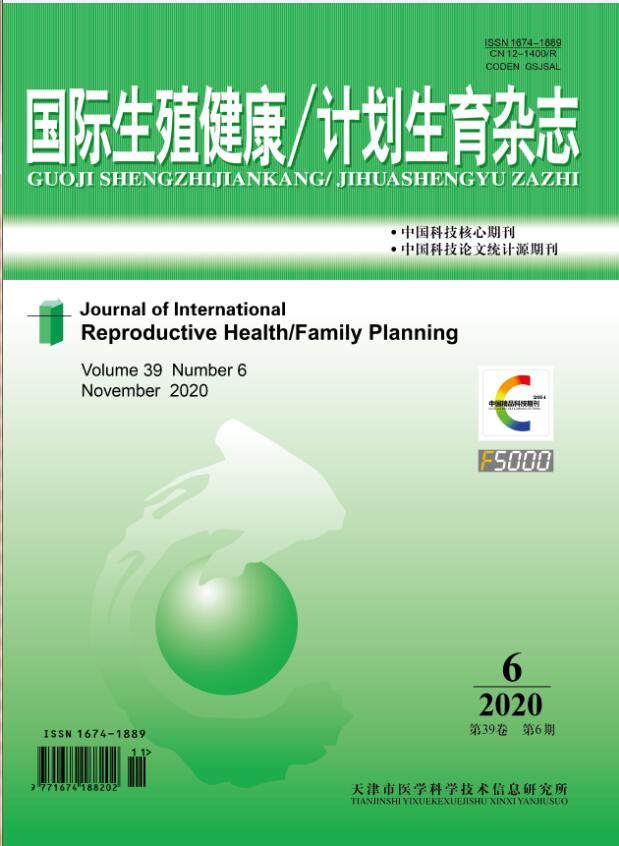|
|
Comparison in Curative Effects of Three Kinds of Intrauterine Device Removal Surgery in Post-menopausal Women
LU Zhi-ru;ZHANG Li-na;LI Ying-hui
2013, 32 (5):
379-381.
Objective:To evaluate the curative effect of three methods used in the intrauterine device(IUD) removal surgery in post-menopausal women. Methods:The selected 317 post-menopausal women requiring the IUD removal surgery were randomly divided into three groups. Women in group A orally took progynova(2 mg) for 5 days, and placed misoprostol 400 μg in the vaginal fornix 3 hours before the surgery. And tetracaine mucilage was used for surface anesthesia during operation. Women in group B used misoprostol combined tetracaine, with the same dosage and administration in group A. Women in group C only used tetracaine mucilage, with the same dosage and administration in group A. Clincal parameters were collected, including the vaginal bleeding time, the success rate of IUD removal surgery, and pain degrees during operation and after operation. Results:There was significant difference in the success rate of IUD removal surgery among A, B and C groups(χ2=15.585,P<0.05). There were also significant differences in the pain degree during IUD removal surgery and the vaginal bleeding time among three groups (the value of H was 144.366 and 31.567 respectively,P<0.05). Conclusions:The method combined progynova, misoprostol and tetracaine before IUD removal surgery among post-menopausal women was helpful to alleviate surgery pain, increase success rate, and shorten vaginal bleeding time after surgery.
Related Articles |
Metrics
|

